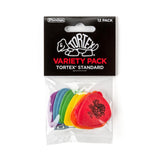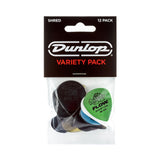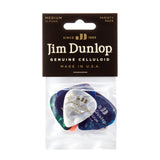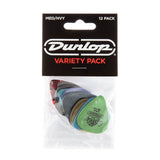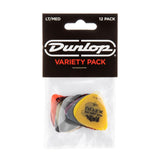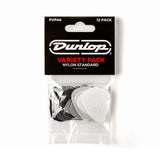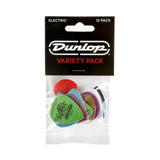For many guitar enthusiasts and luthiers, the allure of a perfectly painted guitar is an obsession. The colour, the shine, the depth, and even the feel of a guitar's finish can profoundly affect both it's aesthetic appeal and its tonal quality. And when it comes to classic finishes, nitrocellulose lacquer holds a legendary status. With its storied history and its unmistakable feel, nitro has been the choice of many iconic guitar makers and players throughout the decades.
But diving into the world of nitrocellulose isn't just about slapping on a coat of paint and calling it a day. No, this is a journey. From selecting the right piece of wood that will sing harmoniously with the lacquer, to understanding the nuances of the products that will bring out that mezmerizing finish — it's an art and a science combined.
In this blog, we'll take you on a deep dive into the craft of painting guitars with nitrocellulose. Whether you're looking to recreate that vintage look, striving for a specific hue that captures your musical soul, or simply curious about the process, we've got you covered. From choosing the perfect woods that will complement the lacquer, to meticulously selecting the right products for the desired outcome, every step will be laid out for you.
So, pick up your brushes (and perhaps your guitar), and let's embark on this musical and colourful journey together!
The Art of Nitrocellulose Pt 1: A Deep Dive into Woods and Their Tonal Qualities
For many guitar enthusiasts, a guitar's aesthetic beauty is just as significant as its tonal quality. And while the choice of finish, like nitrocellulose, can impact the look and feel, the choice of wood plays a pivotal role in determining the instrument's sonic characteristics. If you're diving into the world of painting guitars with nitrocellulose, understanding the various woods used in solid-body guitar building is paramount.
1. Alder
Tonal Quality: Alder is known for its balanced tone, offering a mix of crisp highs, solid mids, and robust lows. It's been the choice for many famous rock and blues guitars.
Grain: Alder usually has a closed grain, which means it requires less grain filler before applying nitrocellulose, making the painting process smoother.

2. Ash
Tonal Quality: Ash, especially Swamp Ash, is popular for its bright, sweet, and resonant tone. It has pronounced mids and can range from punchy to warm, depending on the specific type.
Grain: Ash tends to have an open grain. This means it'll need a grain filler before painting to ensure the nitrocellulose adheres well and gives a smooth finish.

3. Mahogany
Tonal Quality: A favourite for many classic rock enthusiasts, mahogany provides a warm, rich tone with excellent sustain. It emphasises the midrange and has a natural compression which smoothens out the sound.
Grain: Generally, mahogany has a relatively closed grain, although there can be exceptions. It's often easier to paint with nitrocellulose due to this closed-grain structure.

4. Maple
Tonal Quality: Maple is characteristically bright, with clear highs and tight, defined lows. Its tonal quality is crisp, making it ideal for players who want clear articulation.
Grain: Maple has a tight, closed grain. This not only makes it easy to paint with nitrocellulose but also gives the finished guitar a sleek appearance.

5. Rosewood
Tonal Quality: My personal favourite, Rosewood, is more commonly used in fretboards, but some guitars use rosewood as their primary wood. It offers a warm, mellow tone with pronounced lows.
Grain: Rosewood has open pores. As such, it would need careful preparation, including grain filling, before being painted with nitrocellulose.

6. Basswood
Tonal Quality: Basswood is soft and light, providing a balanced tone with a strong midrange presence. It's favoured by many modern rock and metal guitarists.
Grain: Basswood has a closed grain, making it another excellent candidate for a smooth nitrocellulose finish.

Conclusion
The journey of painting a guitar with nitrocellulose is not just about applying a finish; it's about understanding the canvas beneath — the wood. Different woods not only provide various tonal qualities but also influence the preparation required before painting. Whether you choose an open-grained wood like ash or a closed-grained wood like alder, knowing what's underneath can help ensure your nitrocellulose finish looks as good as the guitar sounds.
Read part 2










